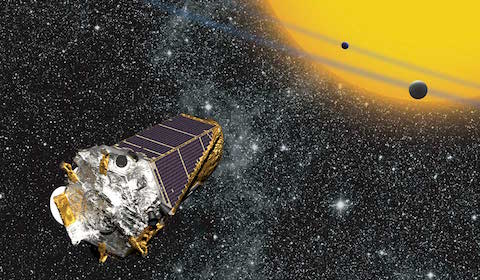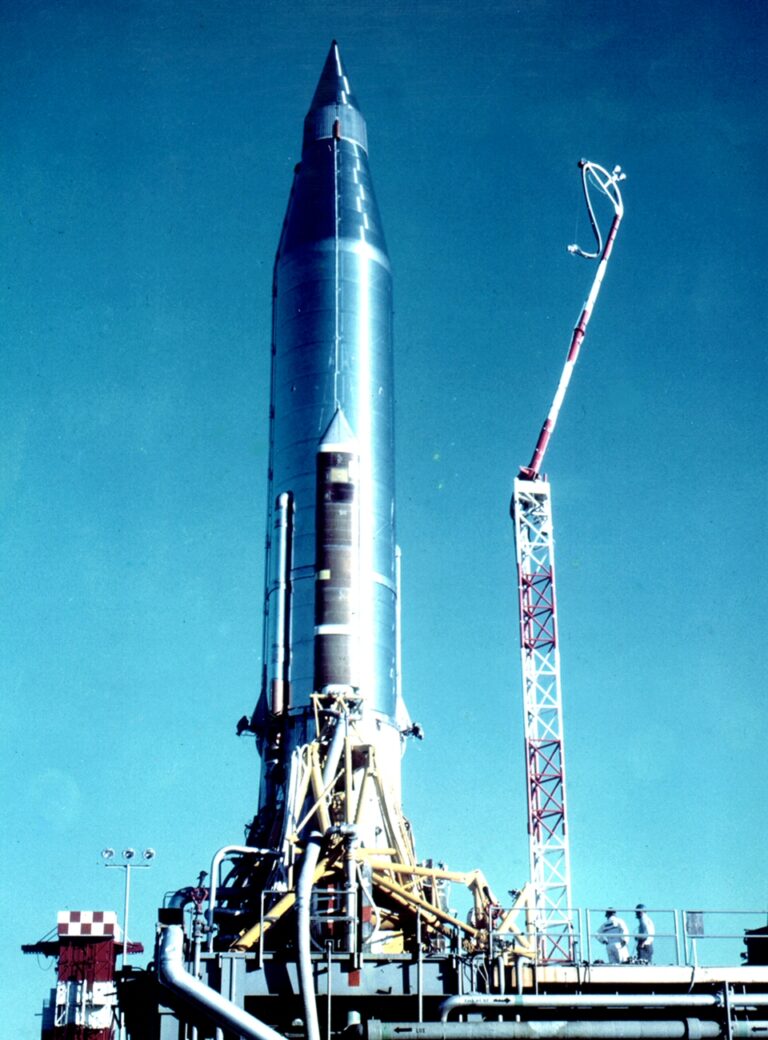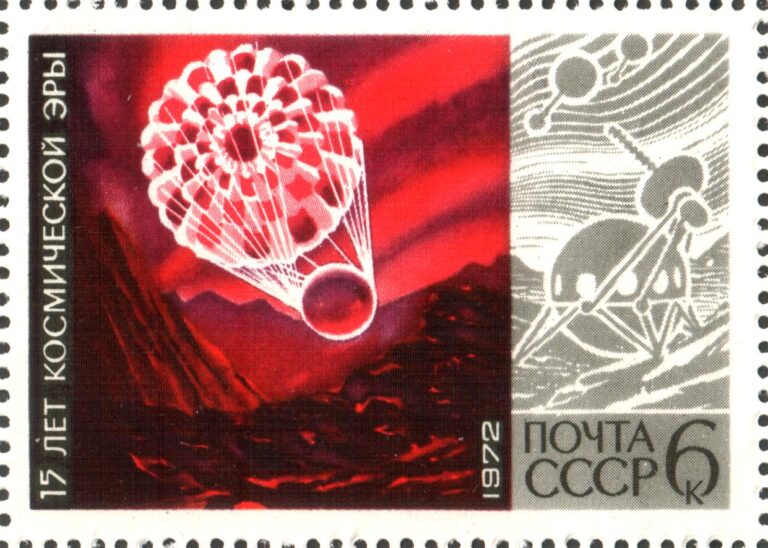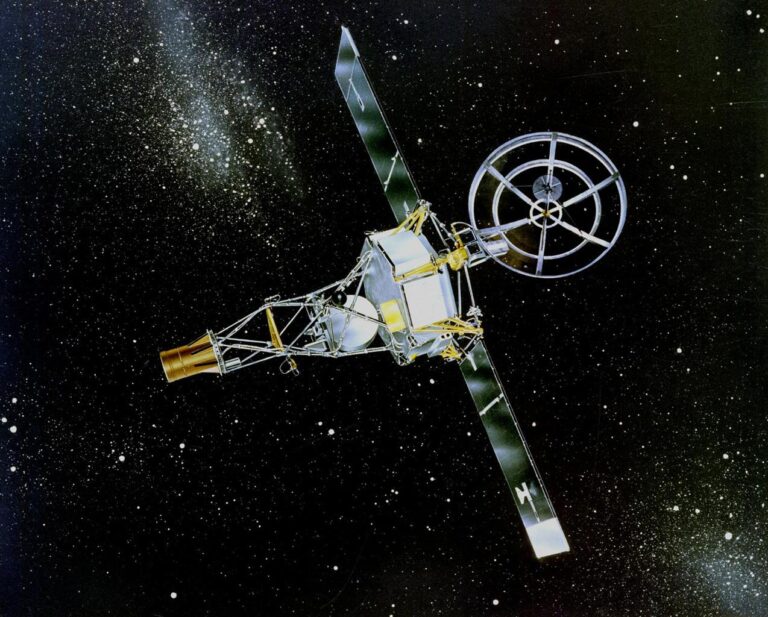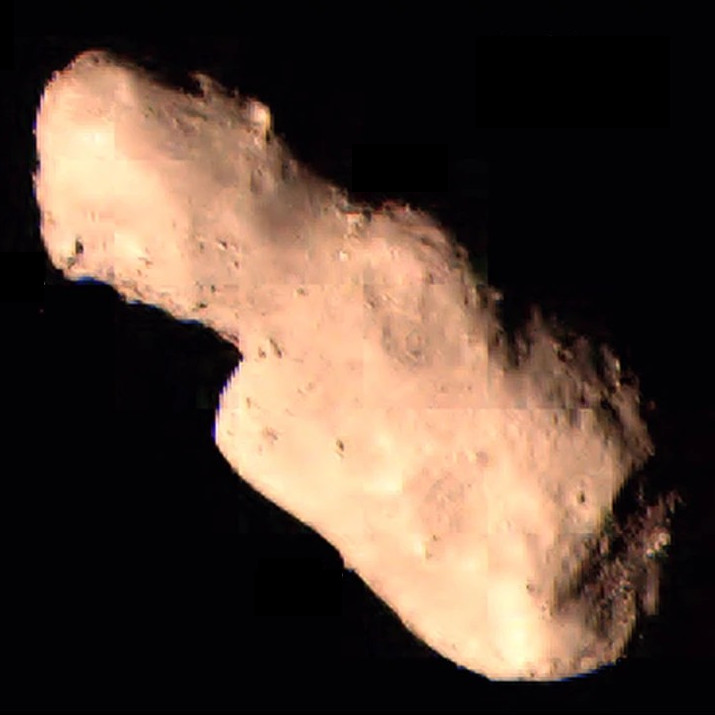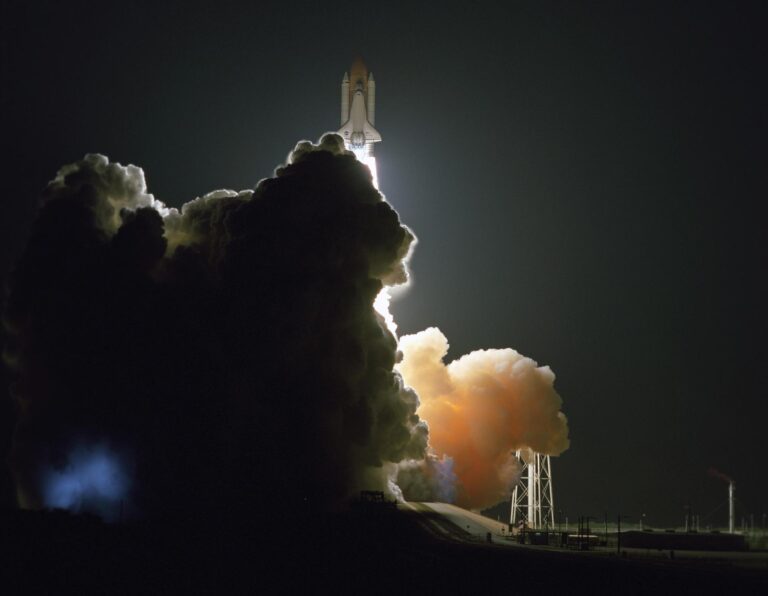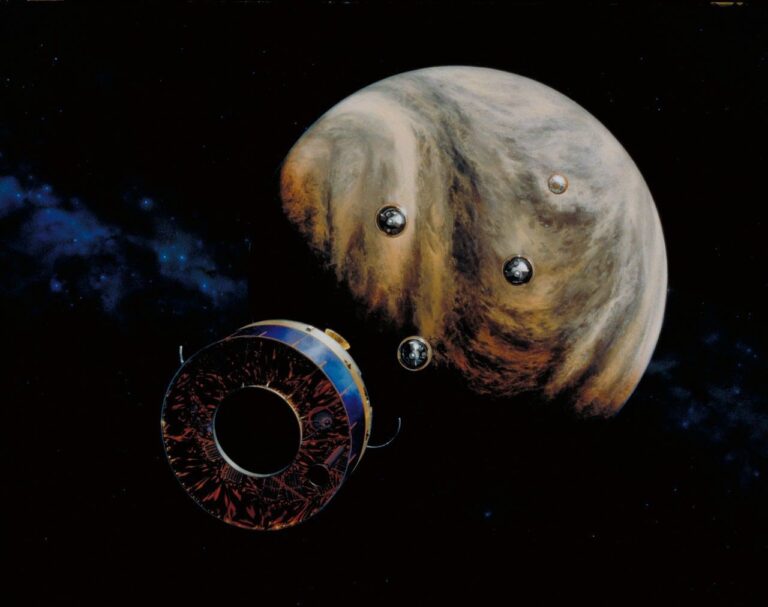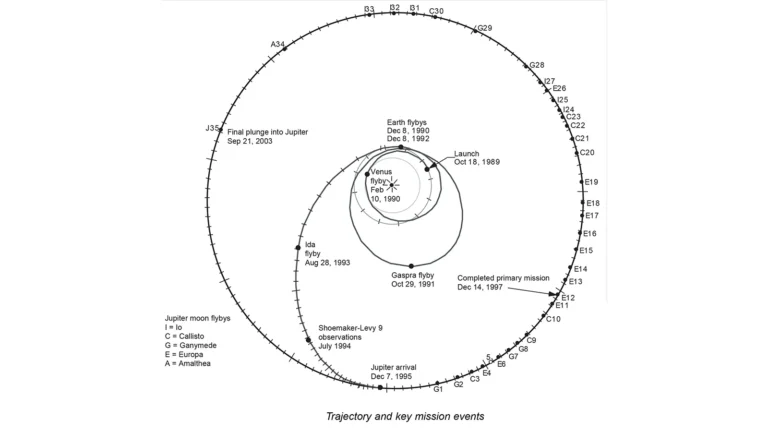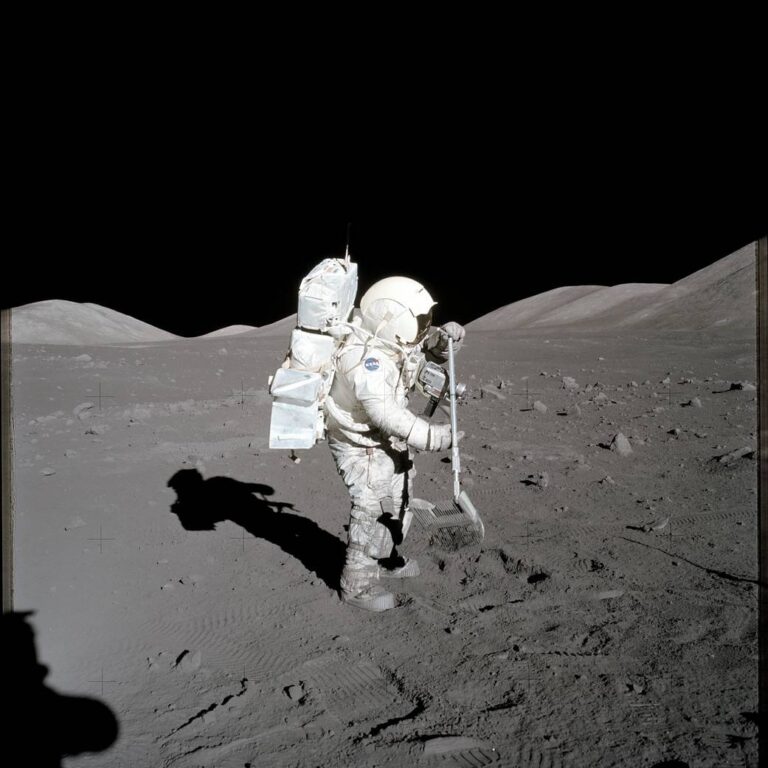Key Takeaways:
NASA’s Kepler spacecraft has delivered groundbreaking data to the science community during its remarkable nine-year journey. Its hunt for Earth-like planets in habitable zones of stars has not only assisted in the search for extraterrestrial life, but also provided crucial clues to the formation of our universe. Sadly, though, the exoplanet-hunting telescope isn’t exempt from the cheesy “all good things must come to an end” expression. After almost a decade in space, Kepler is expected to run out of fuel within the next few months. Although its expiration is inevitable, its legacy will burn indefinitely.
Without a fuel gauge, Kepler’s demise is simply estimation, and it hasn’t shown signs of slowing down just yet. NASA is continually monitoring the craft for signs of low fuel, like changes in thruster performance and fuel tank pressure, but no warnings have arisen so far. Kepler will continue to carry out research campaigns and send scientific data back to Earth until its thrusters, which are needed to aim the spacecraft and transmit data, begin to show signs of fuel depletion.
Spacecraft typically have to reserve fuel for a final finish, like Cassini’s final descent into Saturn’s atmosphere, so they don’t collide with other satellites, contaminate extraterrestrial environments, or come crashing down to Earth. Kepler, however, is in an isolated area 94 million miles (151 million kilometers) from Earth, so its last bit of fuel can be used to continue observing and collecting data.
Kepler, which launched from Florida’s Cape Canaveral Air Force Station on March 6, 2009, had a specific assignment —survey our area of the Milky Way for Earth-size planets within habitable zones of stars. Its mission was to keep a continuous eye on a specific galactic zone that houses roughly 150,000 Sun-like stars and search for the faint dimming that occurs when a planet orbits its host star. Unfortunately, this mission was cut short in May 2013, when Kepler’s second of four reaction wheels, which stabilize the craft, broke. At that point, the orbiting observatory had confirmed the existence of 2,342 exoplanets.
Though the original mission had met its end, rather than calling it a wash, NASA found a way to push through. By precisely shifting the orientation of Kepler so that it was positioned almost parallel to its direction of travel, engineers managed to use the solar wind to steady the telescope. With the pressure of the solar wind acting as a third stabilization wheel, Kepler could again rotate in all three dimensions and orient itself for targeted observations. But due to Kepler’s changing orbital position, this method only allowed astronomers to observe specific regions for about three months. Fortunately, that’s plenty of time to collect valuable scientific data. This resulted in the follow-up mission famously dubbed K2.
K2 began operating in May 2014, a year after Kepler’s initial injury, and carries out roughly 80 day observing campaigns of stars located around the ecliptic plane. The Kepler team initially thought the remaining fuel would power K2 though 10 campaigns, but in March 2018, it began its 17th campaign. To date, K2 has identified 307 confirmed exoplanets, as well as nearly 500 potential candidates.
Despite Kepler nearing its end, the search for exoplanets is far from over. NASA’s Transiting Exoplanet Survey Satellite (TESS), set to launch on April 16, will serve as a successor and hunt for planets orbiting bright stars within 300 light-year of Earth. But let’s not get ahead of ourselves here. Kepler has survived what could’ve been a fatal injury and has continued operating as K2 far past its anticipated lifespan, so who knows what the craft still has in store?

Would you like to learn more about exoplanets and other solar systems? Check out our free downloadable eBook: Our search for extrasolar planets.

